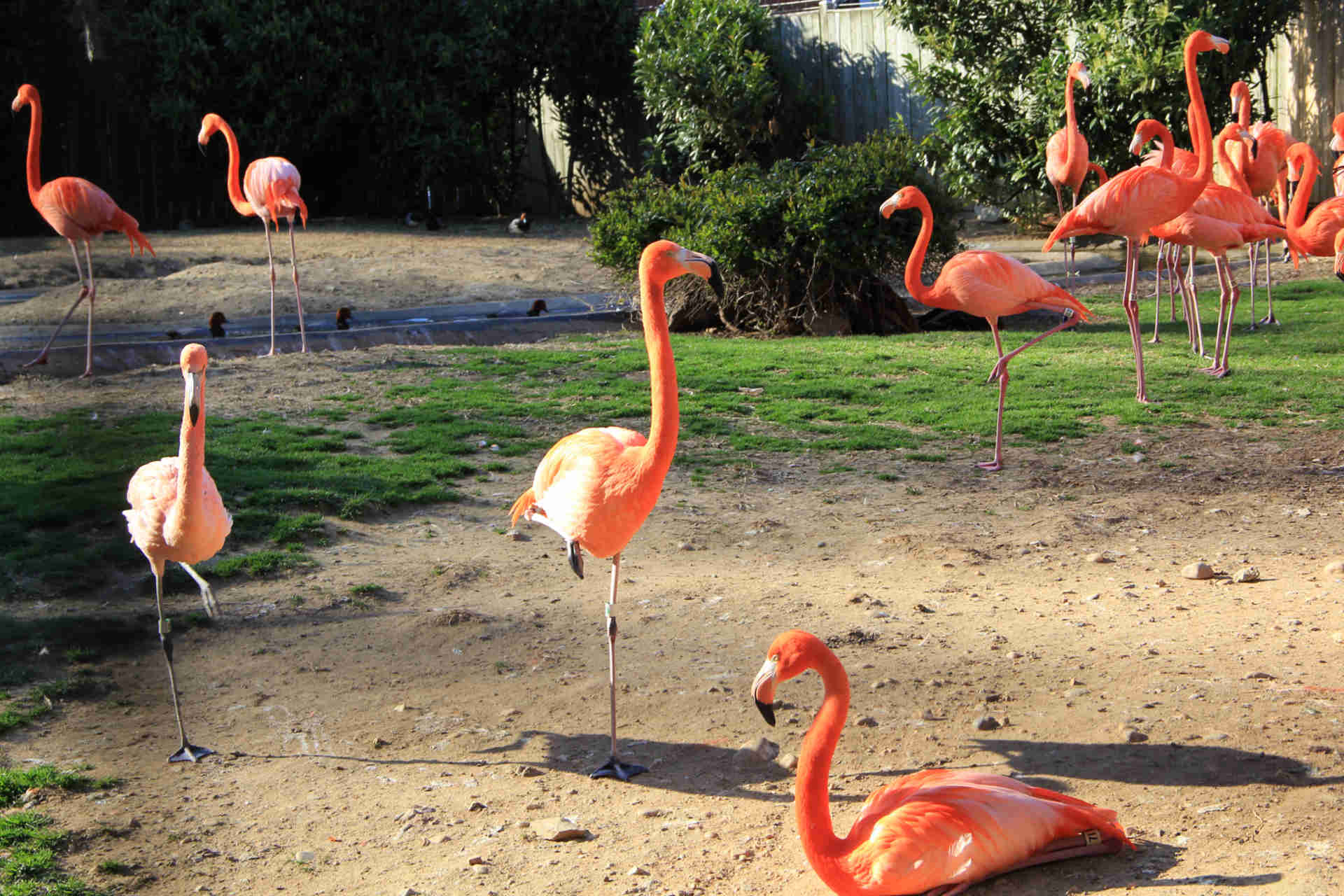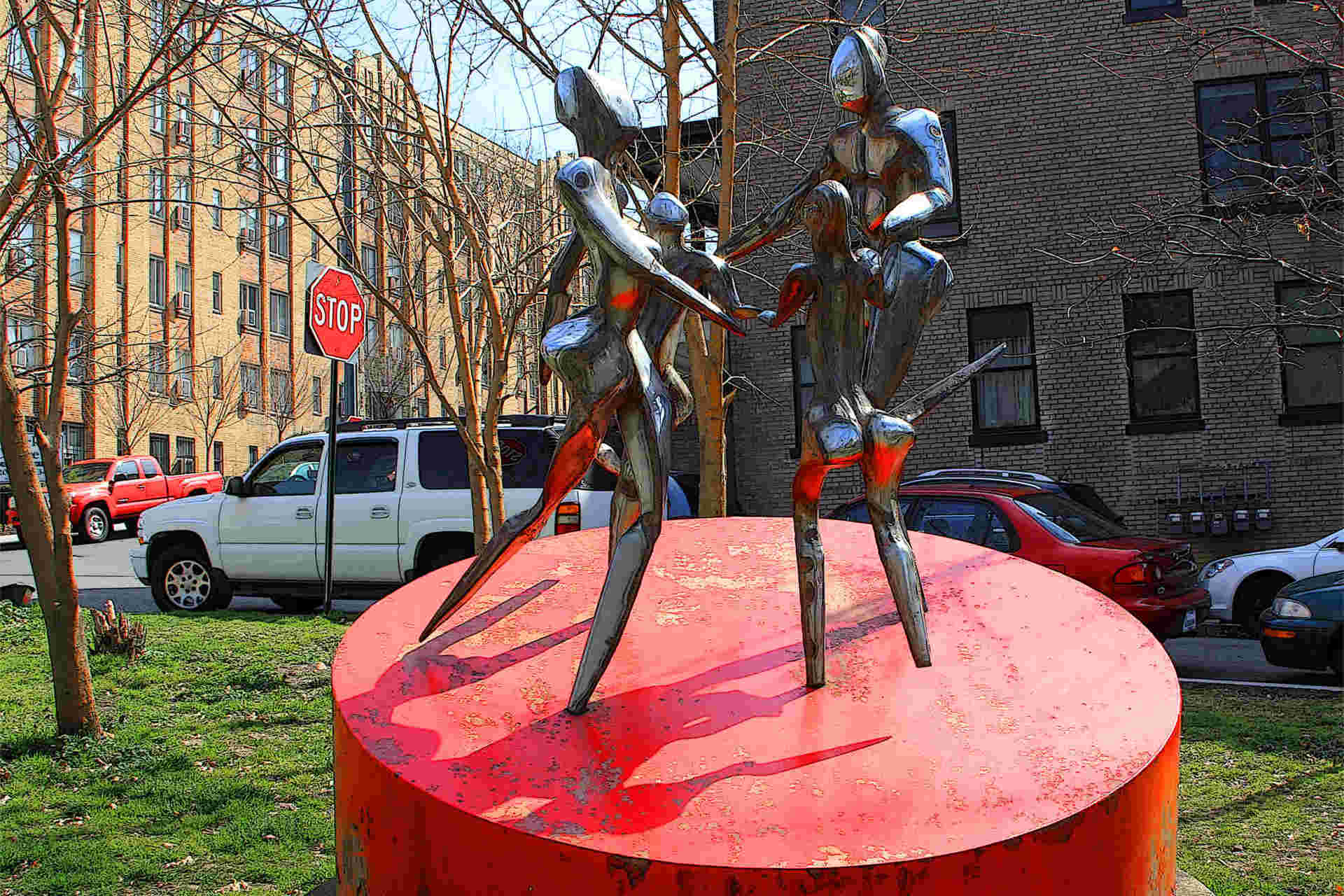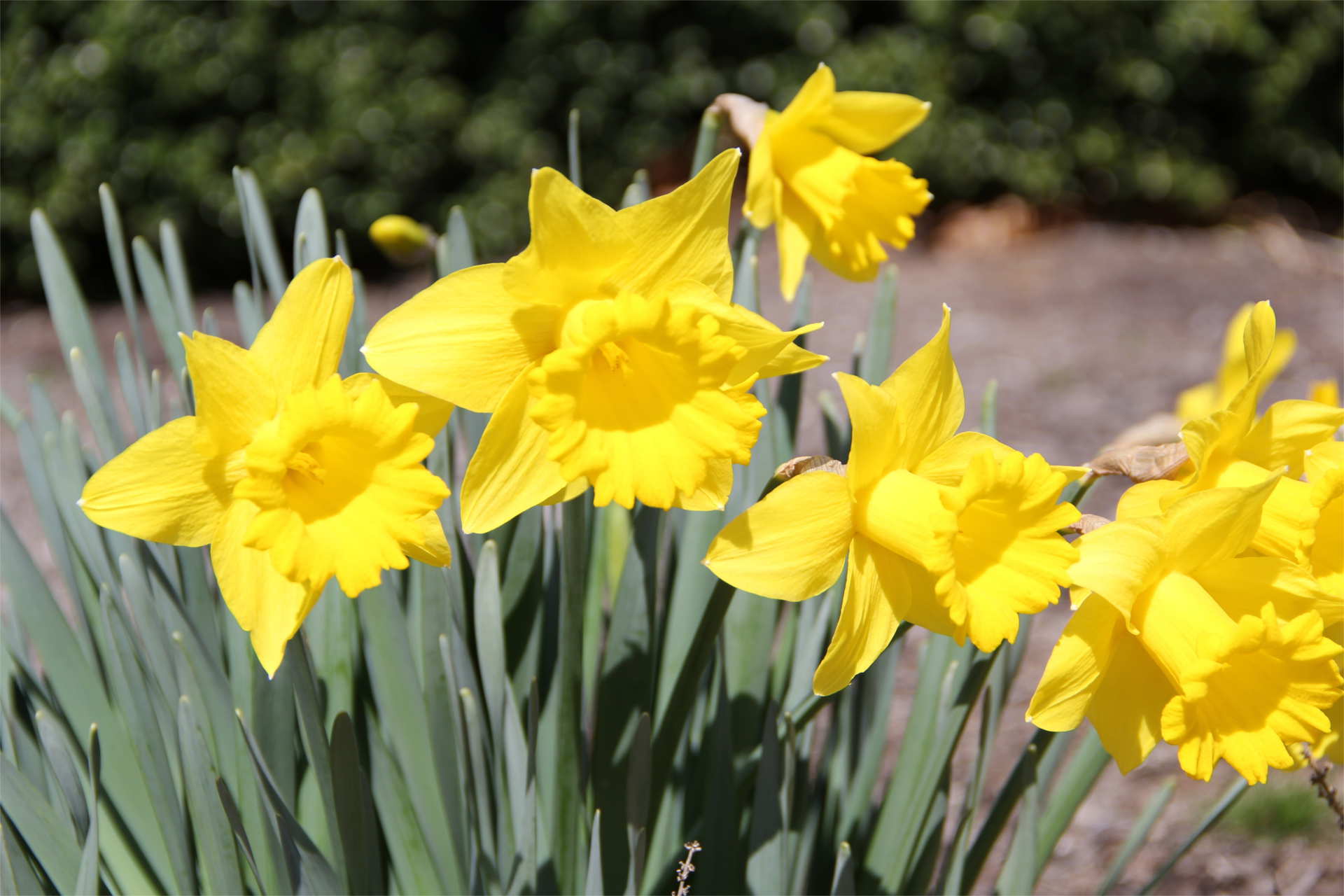Flamingos are intriguing creatures. The communal birds live in massive colonies that typically range from tens-of-thousands of birds to hundreds-of-thousands. There have even been reports of flamingo colonies with millions of birds.
Flamingos are known for being very gregarious, and they dazzle spectators with graceful movement and poised stature. And while there are scientific explanations as to why they habitually stand on one leg, it’s almost as if these aristocratic birds are posing for the paparazzi.
Watch a documentary or read a few articles about the birds and you’d be fascinated by their synchronized marching, whimsical mating dances, non-verbal communication, long-term monogamous bonding, and their ability to thrive in extreme environments.
But, the mere fact that they are just so damned audaciously pink is fascinating in and of itself. Indeed, the birds sport a bold, flamboyant pink color that’s in stark contrast with the their habitat.
Sure there are a few other pink creatures in nature, but most don’t display the color with the vibrant flamboyancy of the flamingo. The flamingo does not use its color as a warning to other animals the way many brightly colored creatures do. Many of those animals use their intense colors to signal that they are poisonous or venomous.
Instead, flamingos seem to flaunt their color, even though they don’t have camouflage or any other defense mechanism like sharp claws, incisors, or horns. Sure they can fly away from predators, and there’s always strength in numbers, right?
That got me thinking about why flamingos evolved (or were intelligently designed) to display such vibrant colors which range from pale pink to an orange or reddish hue.
While flamingos are naturally white and, of course, get their pinkness from the food they eat, that acquired color also has a lot to do with their mating.
It turns out that a deeper or more intense color pink makes flamingos appear more attractive. That’s because flamingos that consume a good carotene-based diet display richer colors, and they’re perceived to be healthier and more attractive.
In addition, flamingos that don’t have that natural color intensity try to trick other flamingos into believing they’re better colored than they really are.
According to a November 10, 2010 article in National Geographic, entitled “Flamingos Apply ‘Make Up’ to Impress Mates,”scientists have discovered that flamingos augment their color to make themselves more attractive to their male counterparts. The birds actually use their beaks to color their feathers with oil that’s secreted from glands near their tales. The article states:
“Both male and female birds increased their oil-daubing behavior during the mating season… .
In general, the deeper the pink, the more attractive the bird—so the flamingos were likely applying the oil like makeup to make themselves more desirable…”
It is worth noting that it was once believed that chameleons only displayed their colors for camouflage. It is now known that chameleons use colors to communicate their mood to other animals. Indeed, the female panther chameleon changes bright orange or pink when she is ready for mating.
Also, it’s worth mentioning –as I discussed in a previous blog post about the allure of the color red—that several scientific experiments have demonstrated that red can make men and women appear more attractive to one another, and women may even subconsciously wear pink during peak period of fertility.
I’m not sure if the flamingo actually lives up to this post’s title. But let me share my reasoning. The hands-down most interesting bird in the world, is the legendary phoenix. Of course, that’s a fictitious bird, but the flamingo is reminiscent of that mythical creature.
The pea fowl rivals the flamingo in terms of its ostentatious nature, and the American Bald Eagle, my favorite, is pretty darned interesting too.






